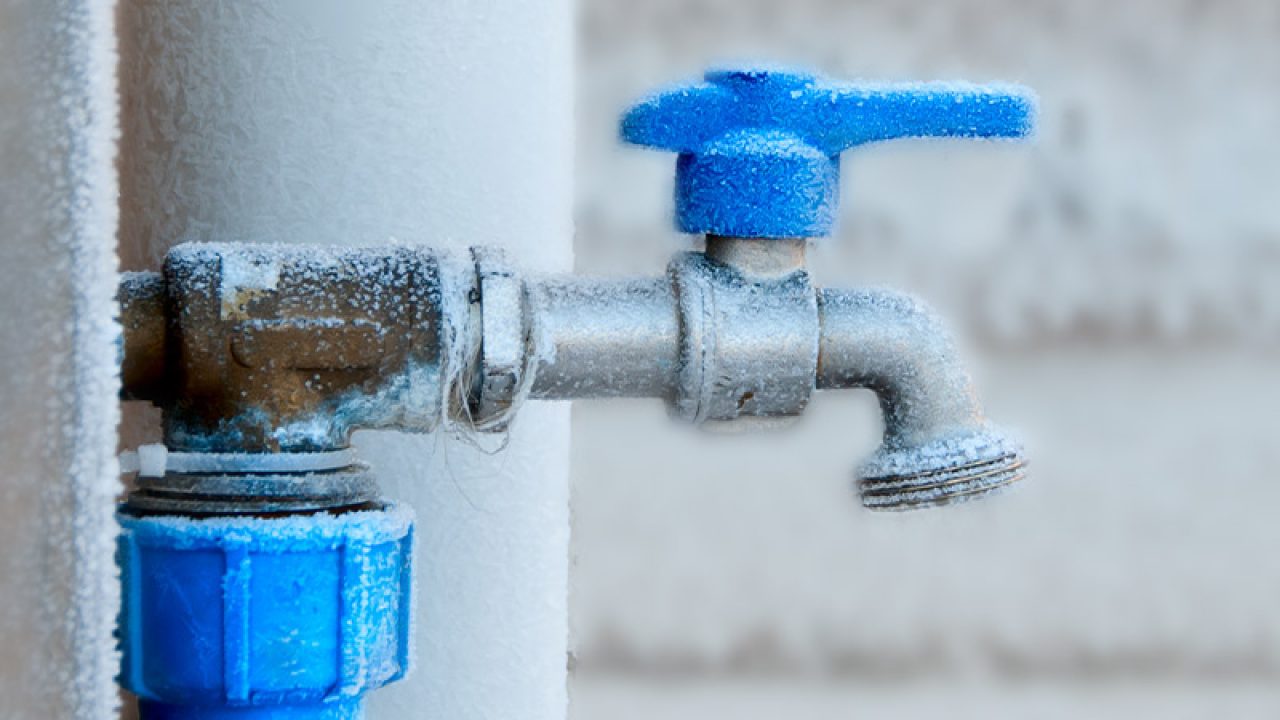Important Advice for Preventing Frozen Plumbing in Winter Conditions
Important Advice for Preventing Frozen Plumbing in Winter Conditions
Blog Article
We've unearthed the article pertaining to Winter Plumbing Precautions: Preventing Frozen Pipes listed below on the net and think it made perfect sense to relate it with you over here.

Cold weather can damage your pipes, specifically by freezing pipelines. Below's how to prevent it from happening and what to do if it does.
Intro
As temperature levels drop, the risk of frozen pipelines rises, possibly resulting in expensive repair work and water damage. Recognizing just how to avoid frozen pipes is important for house owners in chilly climates.
Prevention Tips
Insulating susceptible pipes
Wrap pipelines in insulation sleeves or use warmth tape to safeguard them from freezing temperature levels. Focus on pipelines in unheated or outside areas of the home.
Home heating methods
Keep indoor rooms effectively heated up, especially locations with plumbing. Open up cabinet doors to allow cozy air to circulate around pipelines under sinks.
Exactly how to determine icy pipes
Look for reduced water flow from taps, uncommon odors or sounds from pipes, and noticeable frost on exposed pipes.
Long-Term Solutions
Structural modifications
Take into consideration rerouting pipes far from outside wall surfaces or unheated areas. Include additional insulation to attics, basements, and crawl spaces.
Updating insulation
Invest in high-grade insulation for pipelines, attic rooms, and walls. Correct insulation helps maintain consistent temperatures and decreases the danger of frozen pipes.
Safeguarding Outside Plumbing
Yard tubes and exterior taps
Separate and drain pipes yard pipes prior to winter months. Install frost-proof faucets or cover outside taps with protected caps.
Understanding Frozen Pipelines
What creates pipelines to freeze?
Pipelines ice up when subjected to temperatures listed below 32 ° F (0 ° C) for prolonged periods. As water inside the pipes ices up, it broadens, taxing the pipeline wall surfaces and possibly creating them to rupture.
Threats and problems
Icy pipes can bring about water system disruptions, property damages, and pricey repair work. Ruptured pipelines can flooding homes and trigger substantial structural damage.
Indications of Frozen Pipes
Determining icy pipelines early can avoid them from rupturing.
What to Do If Your Pipelines Freeze
Immediate activities to take
If you presume icy pipelines, keep faucets available to soothe stress as the ice melts. Make use of a hairdryer or towels soaked in hot water to thaw pipelines gradually.
Verdict
Protecting against icy pipes calls for positive actions and quick responses. By recognizing the causes, indications, and safety nets, homeowners can secure their pipes during cold weather.
6 Proven Ways to Prevent Frozen Pipes and Protect Your Home
Disconnect and Drain Garden Hoses
Before winter arrives, start by disconnecting your garden hoses and draining any remaining water. Close the shut-off valves that supply outdoor hose bibs and leave the outdoor faucet open to allow any residual water to drain. For extra protection, consider using faucet covers throughout the colder months. It’s also important to drain water from any sprinkler supply lines following the manufacturer’s directions.
Insulate Exposed Pipes
Insulating your pipes is an effective way to prevent freezing. Pipe insulation is readily available at home improvement stores and is relatively inexpensive. Pay close attention to pipes in unheated areas such as the attic, basement, crawl spaces, or garage. Apply foam insulation generously to create a buffer against the cold. You can also wrap your pipes in heat tape or thermostat-controlled heat cables for added warmth.
Seal Air Leaks
Inspect your home for any cracks or openings that could let in cold air. Seal any holes around the piping in interior or exterior walls, as well as the sill plates where your home rests on its foundation. Additionally, make sure to keep your garage door closed unless you’re entering or exiting. Leaving it open creates a significant air leak that can lead to frozen pipes.
Allow Warm Air Circulation
During cold snaps, it’s essential to allow warm air to circulate evenly throughout your home. Leave interior doors ajar to promote better airflow. Open kitchen and bathroom cabinets to help distribute heat consistently around the rooms. If you have small children or pets, be sure to remove any household chemicals or potentially harmful cleaners from open cabinets for safety.
Let Faucets Drip
A small trickle of water can make a big difference in preventing ice formation inside your pipes. When temperatures drop significantly, start a drip of water from all faucets served by exposed pipes. This continuous flow helps prevent the water from freezing. Additionally, running a few faucets slightly can relieve pressure inside the pipes, reducing the chances of a rupture if the water inside does freeze.
https://choateshvac.com/6-proven-ways-to-prevent-frozen-pipes-and-protect-your-home/

Hopefully you liked our excerpt about How to prepare your home plumbing for winter weather. Thanks so much for spending some time to browse our blog. In case you appreciated our article kindly remember to share it. We truly appreciate your readership.
Click Here Report this page